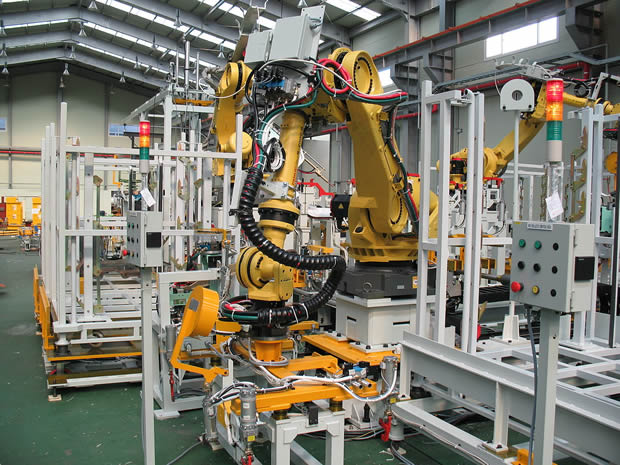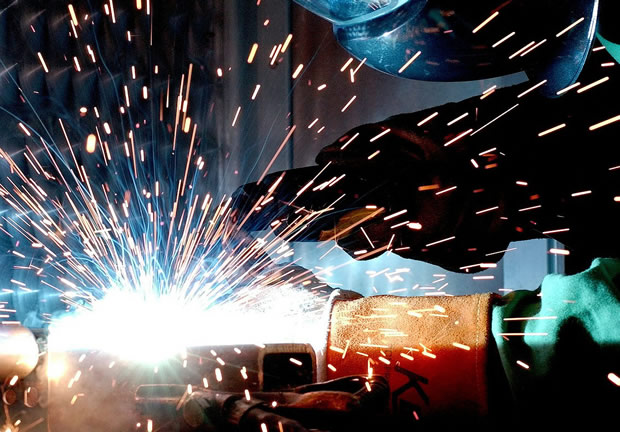The UK’s manufacturing industry plays an enormous part in our own economic and GDP growth; it accounts for 3% of our GDP and (for example) the automotive sector in manufacturing produces £30 billion of exports each year. So with a shaky 2015, what’s the focus for 2016? Experts are predicting strong growth (8%) – but how will this be achieved, and what can be learnt from 2015?

2015’s industry ‘contraction’
EEF, the manufacturers’ organisation, reported at the end of the year that the manufacturing industry as a whole had contracted by 0.1%; some fell more than others but overall 2015 was a tough year for the industry. It was a small contraction, but a contraction nonetheless.

However, there have been spots in the industry which have seen noticeable growth, with positive impacts on UK exports in particular. As an example, car manufacturing in the UK hit a 10-year high by the end of 2015; The Society of Motor Manufacturers and Traders said the industry grew by 3.9% over export figures in 2014, with economic recovery in Europe playing a big part in this.
This then leads on to the year ahead – what kind of state will these different industry positions put the wider manufacturing industry in for 2016?
2016 – The outlook, global competition & solutions
The UK’s manufacturing industry is one that can often be difficult to predict; as we’ve mentioned already, it’s a big part of the UK economy and GDP growth will hinge a lot on its position in the global market.
After a slightly rocky start to the year, the success of the UK’s manufacturing industry relies heavily on global (or at least European) economic growth or recovery, as well as our own economic state. However, we’re still early in the year and a number of industry and financial commentators predict long-term positivity for UK manufacturing.
According to the EEF, they predict an 8% growth for the sector by the end of 2016. Coupled with positivity in the car manufacturing industry, as well as solutions and suggestions from those within the industry or economy as a whole, this could be feasible.
We’ve also seen job growth broadly across the industry (specific sectors differ, but we’re talking the wider manufacturing industry); for example, UK recruitment agency Pertemps has seen an increase in manufacturing jobs, displaying confidence from a number of firms and employers.
Jim Ratcliffe, Ineos Chemicals chairman, has spoken this year about the need for the UK’s manufacturing industry to find its USPs to make it stand out from countries like Germany who have a similar state within their own manufacturing industry.
CBI Regional Director, Sarah Glendinning, has spoken about the industry in 2016 moving forward, and put a lot of onus on central government. Manufacturers in the UK need support from the government, she says; key measures suggested are long-term approaches for closing the skills gap to improve recruitment and measures to promote both investment and innovation in the industry.
The messages we’re getting from those in the industry is that solutions aren’t going to be a ‘quick fix’. While we’ve got a number of sectors in manufacturing doing really well (see automotive for example) we also need similar exceptional strength across the board to achieve this goal of 8% growth by 2017; long-term plans will help keep this steady and make growth consistent.
2016 is set to be an exciting period of growth, if the EEF’s predictions are right – which will only serve to drive investment, innovation and recruitment even further.




Comments are closed.